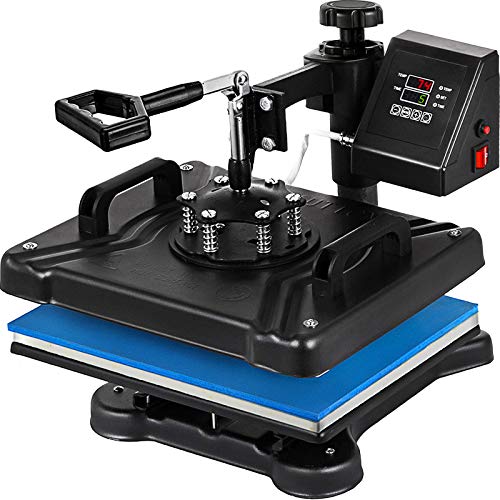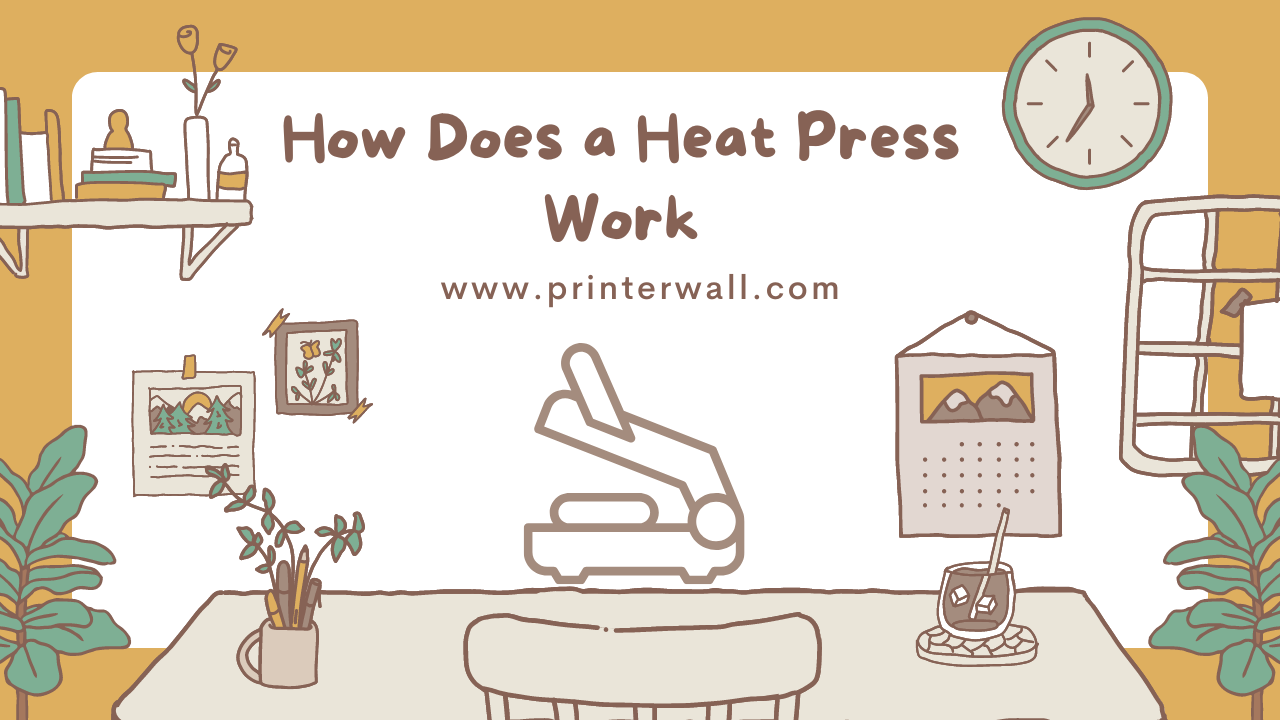Heat pressing is a process of transferring a heat-sensitive material, such as a paper or vinyl graphic, onto a fabric surface. Heat presses are commonly used in the textile industry to quickly and accurately transfer designs onto garments and accessories. This article will explain the basics of how a heat press works, the types of materials it’s used on, and the benefits of using a heat press.
What is a Heat Press?
A heat press is a machine used to apply heat and pressure to a wide variety of materials. It is used in many industries, including apparel, signage, and graphics, for a variety of applications. This article will provide an overview of what a heat press is, how it works, and the advantages of using one. We will also discuss the various types of heat presses available, as well as some tips for using them.
How a Heat Press Works
A heat press is a machine that is used to transfer images and designs onto a variety of materials such as fabric, paper, and plastic. It uses a combination of heat and pressure to transfer the design onto the material. The heat press can be used for a variety of different purposes, such as t-shirt printing and mug printing.
Components
A heat press consists of several components. The main components are:
The heat plate
This is the plate that heats up and is used to apply the design onto the material.
The pressure plate
This is the plate that exerts pressure onto the material to ensure a good transfer of the design.
The control panel
This is used to control the temperature and pressure of the heat press.
Operation
The operation of a heat press is relatively simple. First, the material to be printed on is placed onto the heat plate. Then, the design to be printed is placed onto the material. The temperature and pressure are adjusted on the control panel and the heat press is activated. The heat plate then heats up and the pressure plate exerts pressure onto the material. This combination of heat and pressure ensures a good transfer of the design onto the material.
Benefits of Using a Heat Press

Heat press machines have become increasingly popular with many businesses and individuals due to their versatility and convenience. Heat presses are used to transfer designs onto fabrics, paper and other materials, and they offer a wide range of benefits, from speed and accuracy to cost-effectiveness.
Time-Saving
One of the most significant benefits of using a heat press is that it is highly time-efficient. Heat presses are designed to apply heat and pressure quickly and accurately, meaning that you can complete large orders in a fraction of the time it would take to do them manually. This makes it an ideal choice for businesses that need to produce large numbers of items quickly.
Precise Results
Another benefit of using a heat press is that it can produce consistently precise results. Heat presses are designed to apply heat and pressure in a uniform manner, allowing for consistent results every time. This means that you can be sure that your designs will come out looking perfect every time.
Cost-Effective
Lastly, heat presses are a cost-effective solution for businesses and individuals who need to produce large numbers of items. These machines are relatively inexpensive to purchase and maintain, and they can save you time and money in the long run. This makes them an ideal choice for businesses who need to produce large numbers of items quickly and cost-effectively.
How to Use a Heat Press
A heat press is a machine that is used to transfer a design or graphic onto a variety of items, such as t-shirts, mugs, and hats. Heat presses are relatively easy to use and can be used for both commercial and home-based businesses.
Set-Up
Before you can use your heat press, you need to make sure that it is properly set up. This includes setting the temperature, pressure, and time settings. Once these settings are set, you can begin to use the heat press.
Preparation
Once the heat press is set up, you need to prepare the item that you are going to press. This includes making sure that the item is clean and free of debris. You also need to make sure that the item is placed on the heat press in the correct position.
Application
Once the item is prepared, you can begin to apply the design. This is done by placing the design on the item and then pressing down firmly on the heat press. Once the design is applied, you can then remove the item from the press.
Finishing
Once the item is removed from the heat press, it is important to remove any excess material from the item. This can be done with a damp cloth or sponge. Once the item is cleaned, it is ready to be used or sold.
Conclusion
In conclusion, heat presses are an invaluable tool for businesses that specialize in custom printing. They are easy to operate, require minimal maintenance, and can quickly produce high-quality prints. Heat presses are capable of producing a variety of prints on a variety of materials, making them a versatile and cost-effective option for any business. With their ability to produce durable, long-lasting prints, heat presses are an ideal choice for businesses needing a reliable and efficient printing method.
Frequently Asked Questions
What is a heat press?
A heat press is a machine used to apply heat and pressure to a substrate, such as fabric or vinyl, to transfer a design or graphic.
How does a heat press work?
A heat press works by using a combination of heat and pressure to transfer a design or graphic onto a substrate. Heat is generated by an electric element and pressure is applied by the platen of the press.
What materials can be printed with a heat press?
A heat press can be used to print on a variety of materials such as fabric, vinyl, paper, cardstock, and more.
What type of designs can be printed with a heat press?
A heat press can be used to print a variety of designs including graphics, logos, graphics, and text.
What type of inks or transfer papers are needed for heat press printing?
Inks and transfer papers that are specifically formulated for use with a heat press are usually needed for heat press printing.
